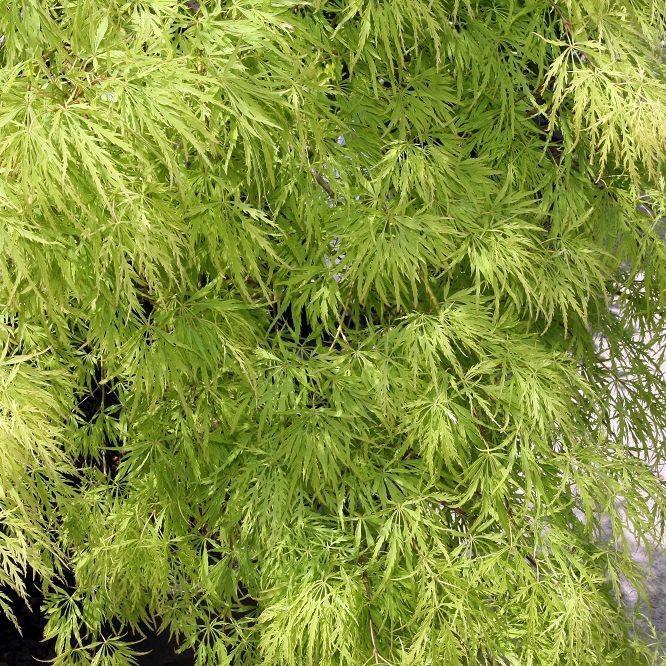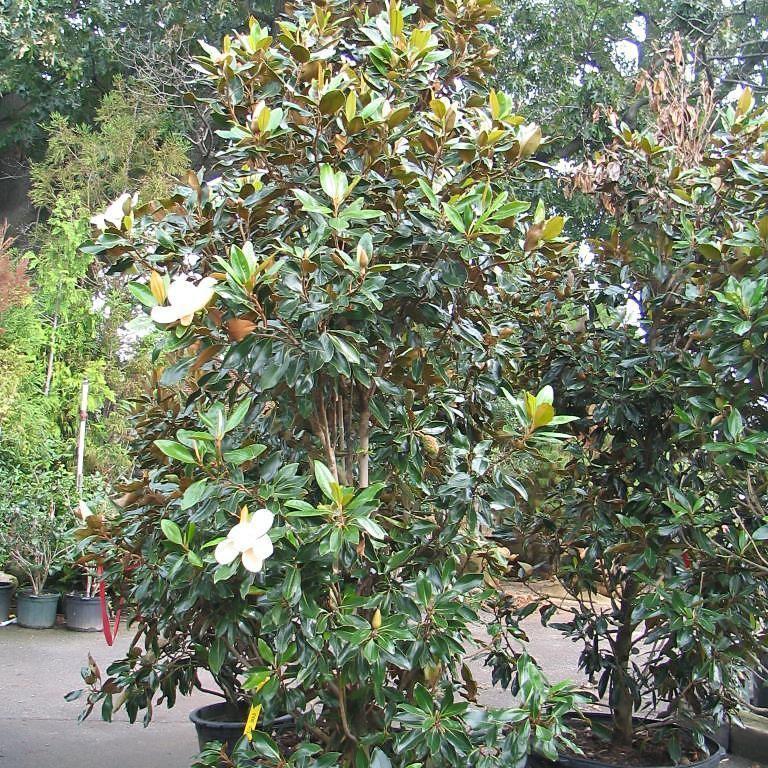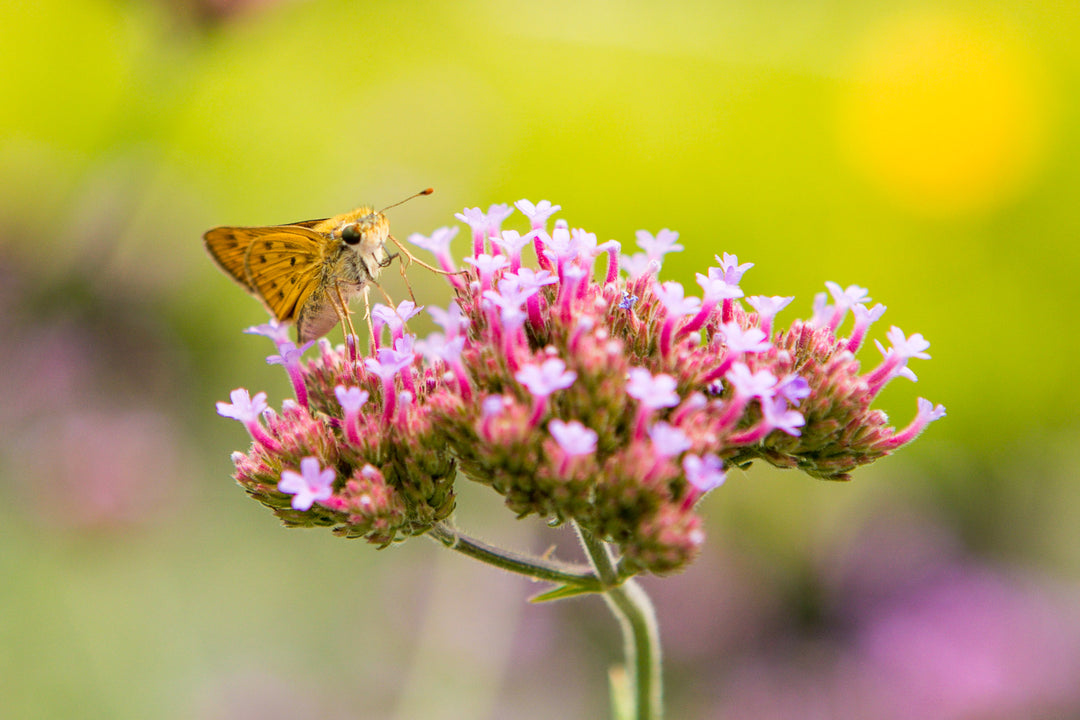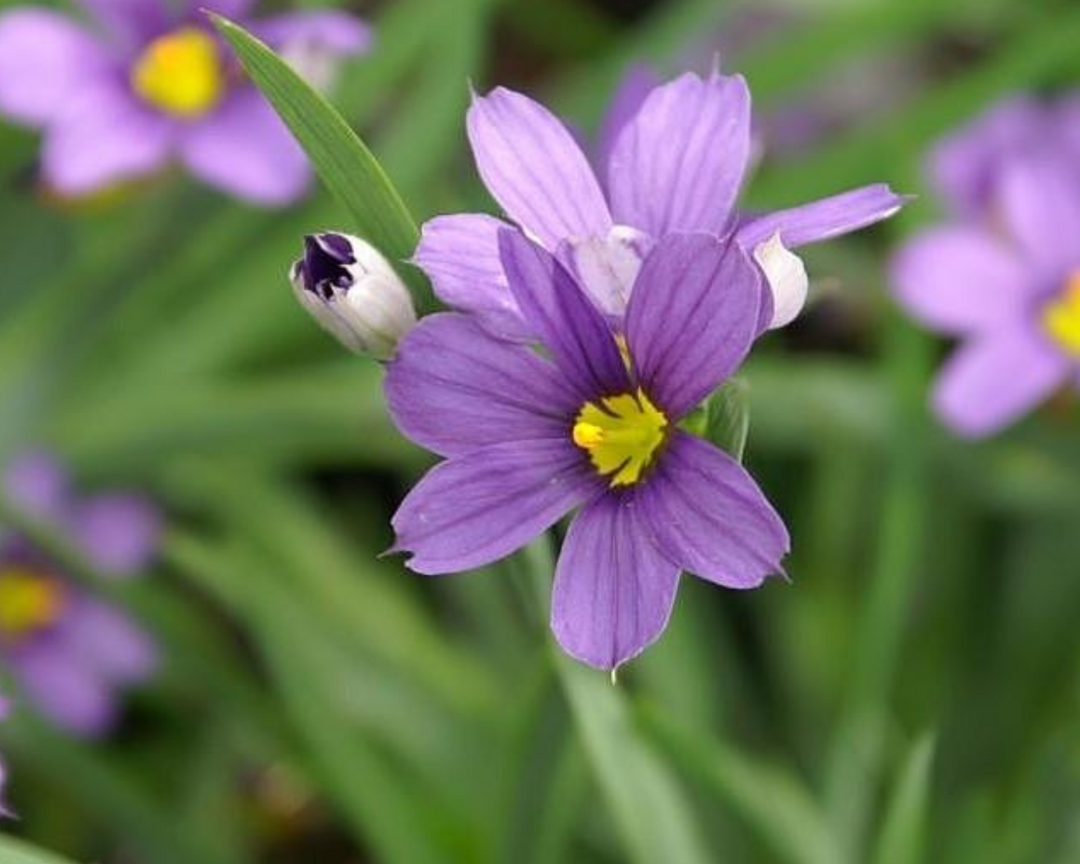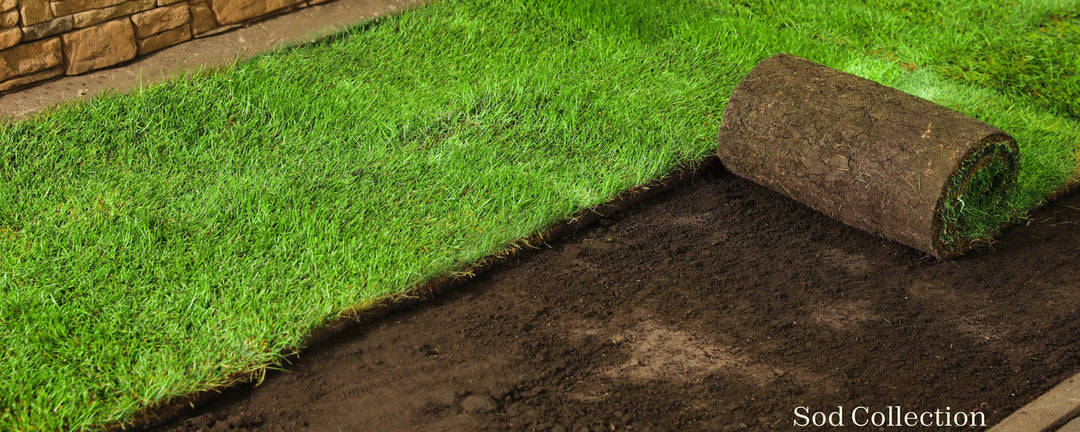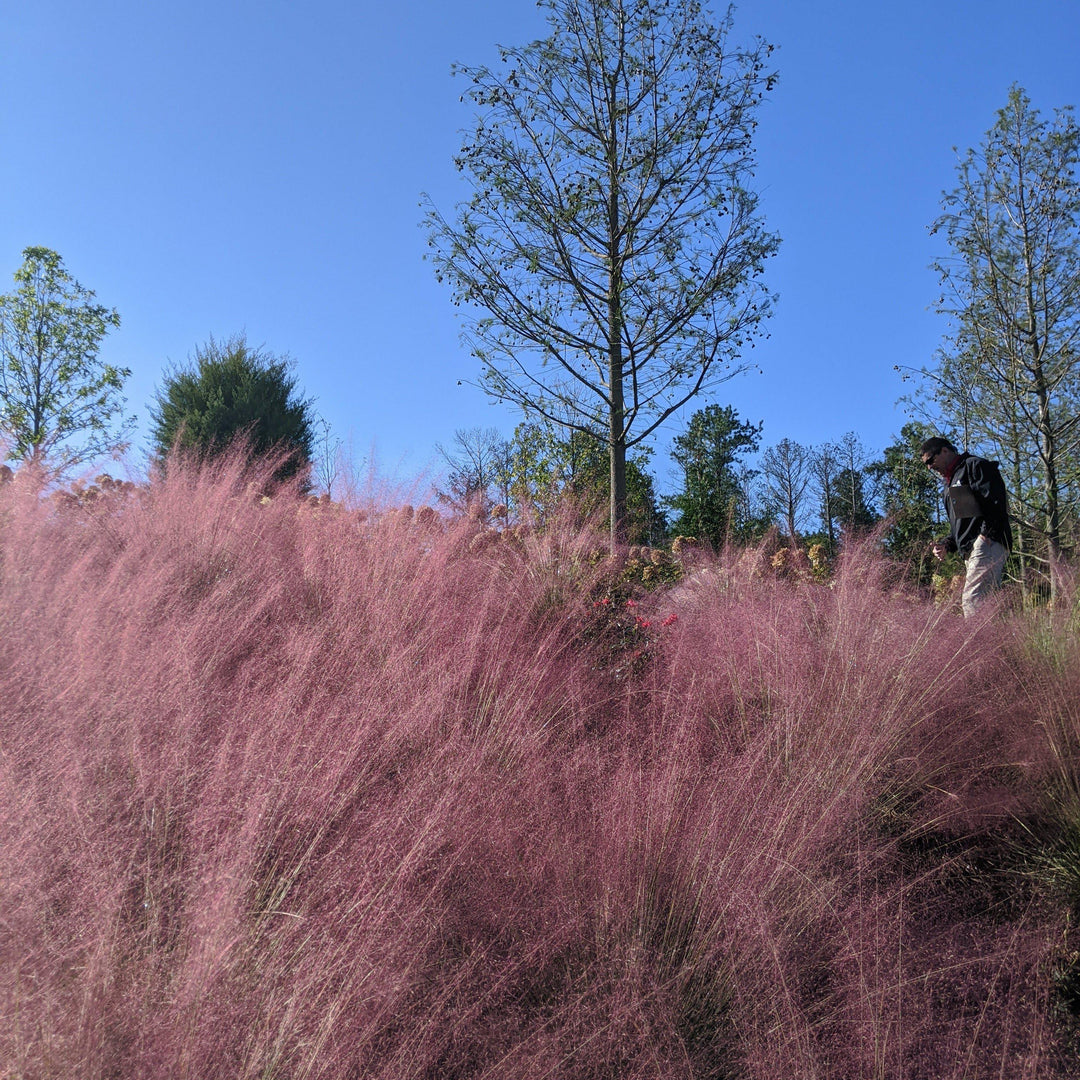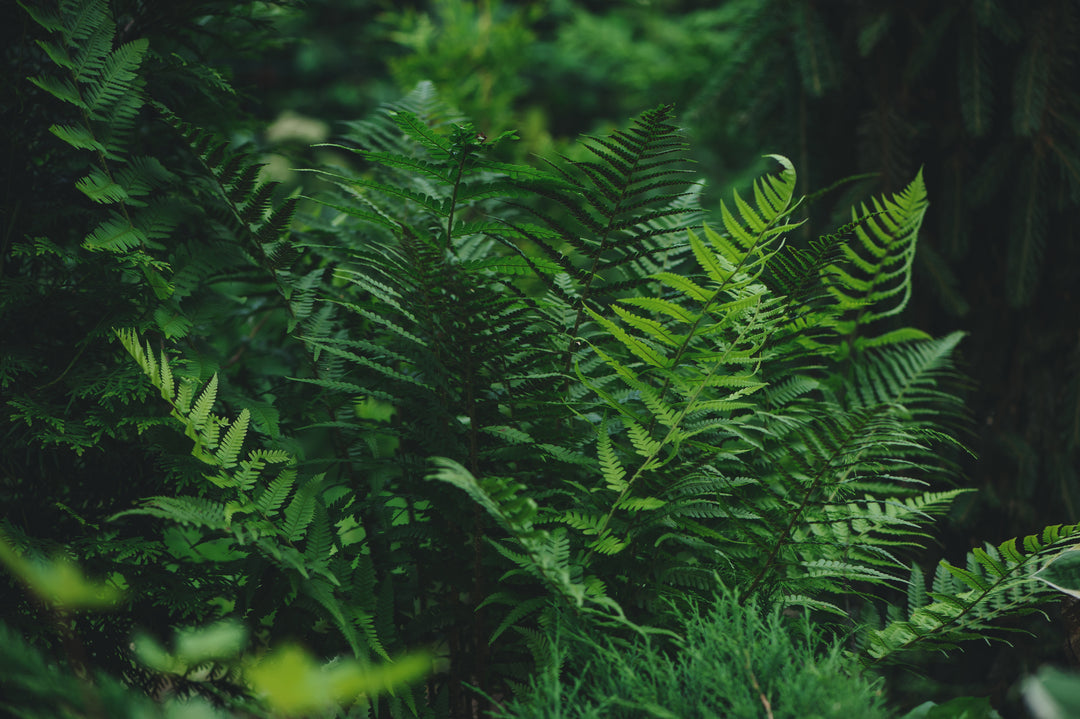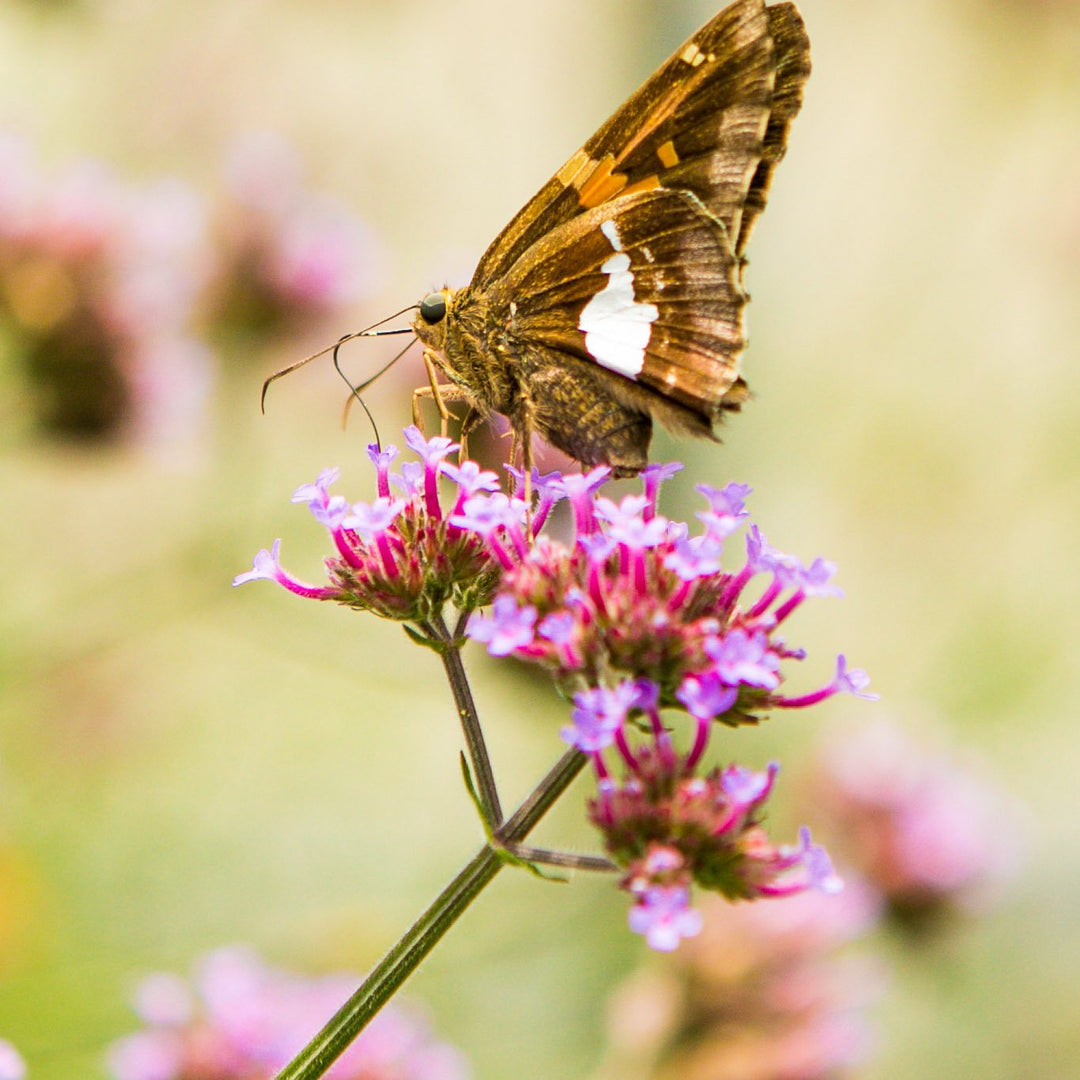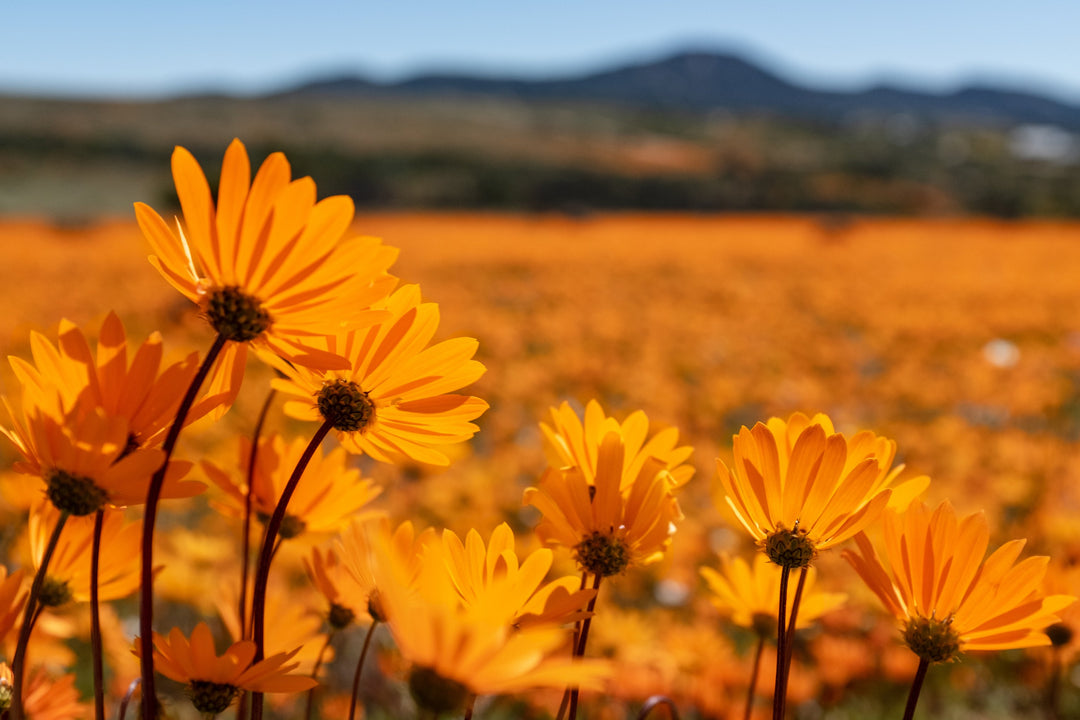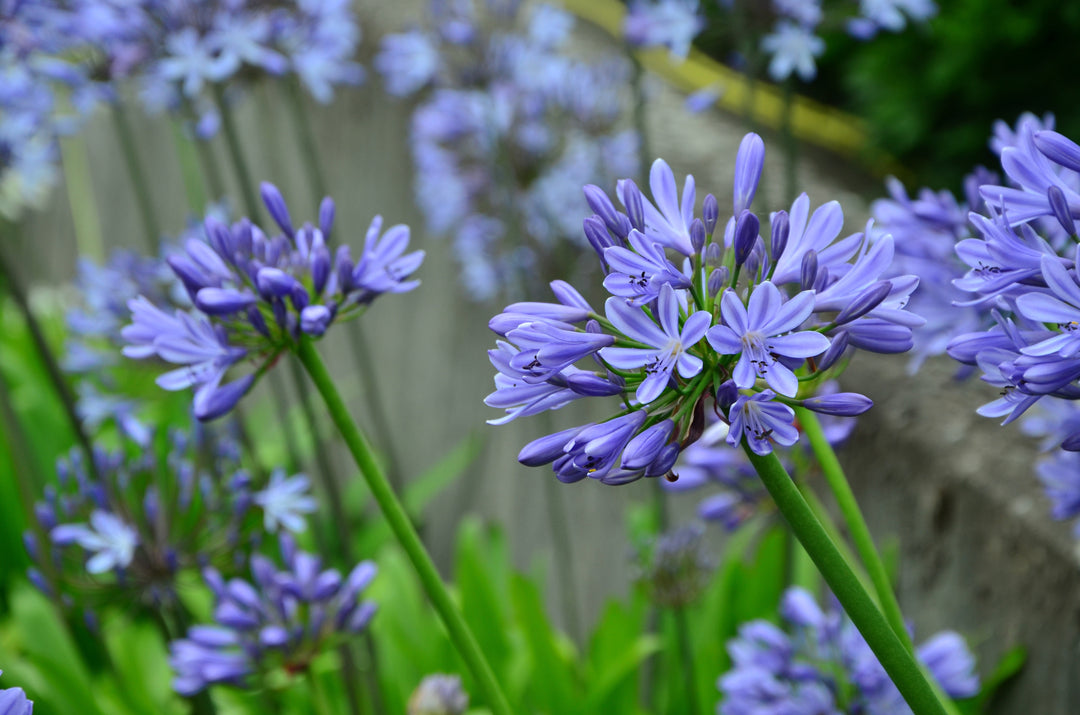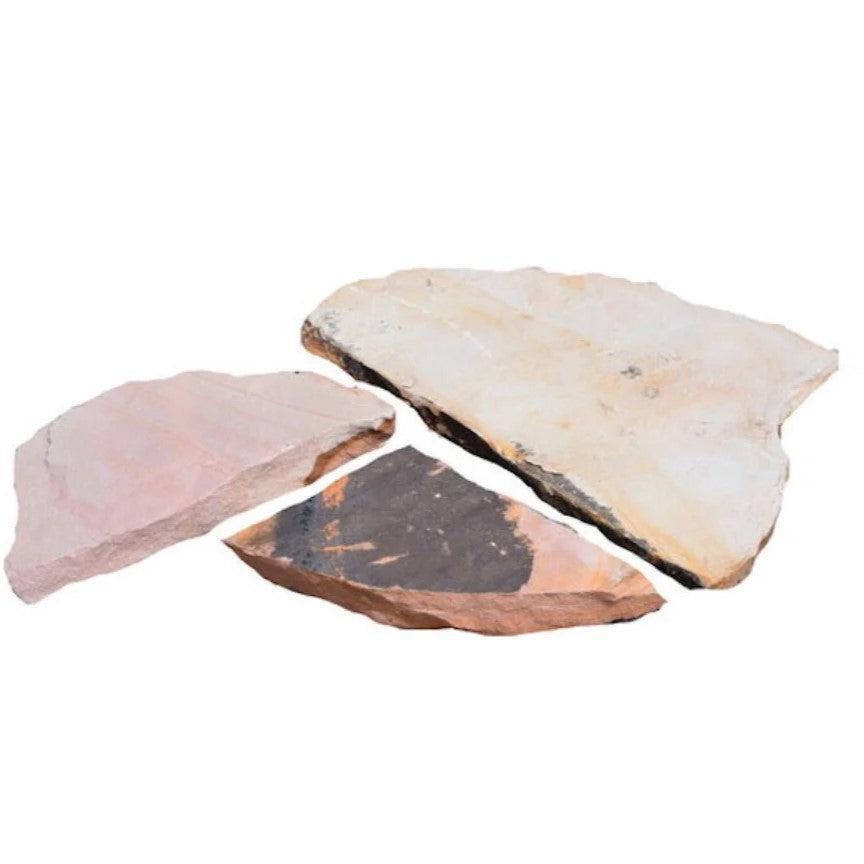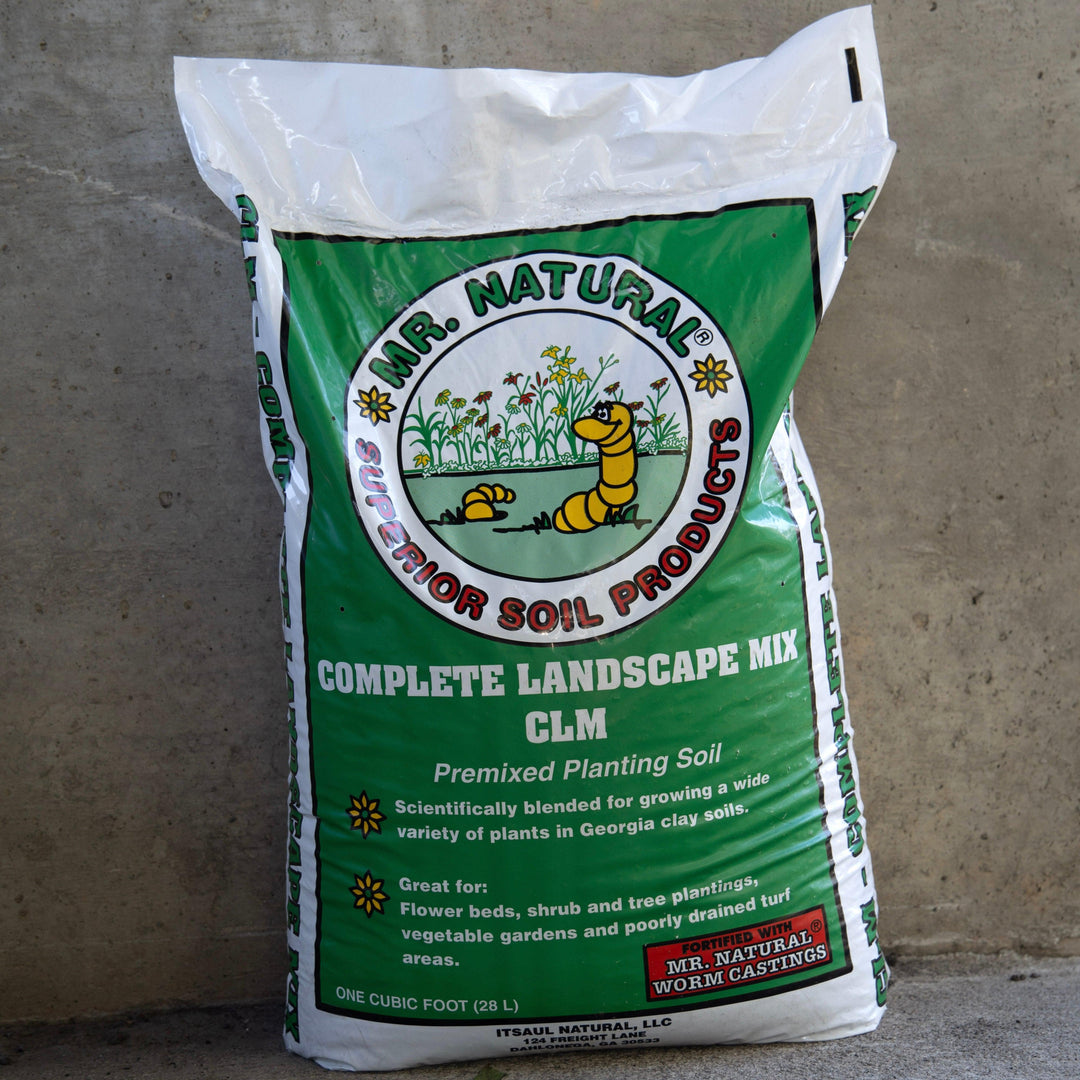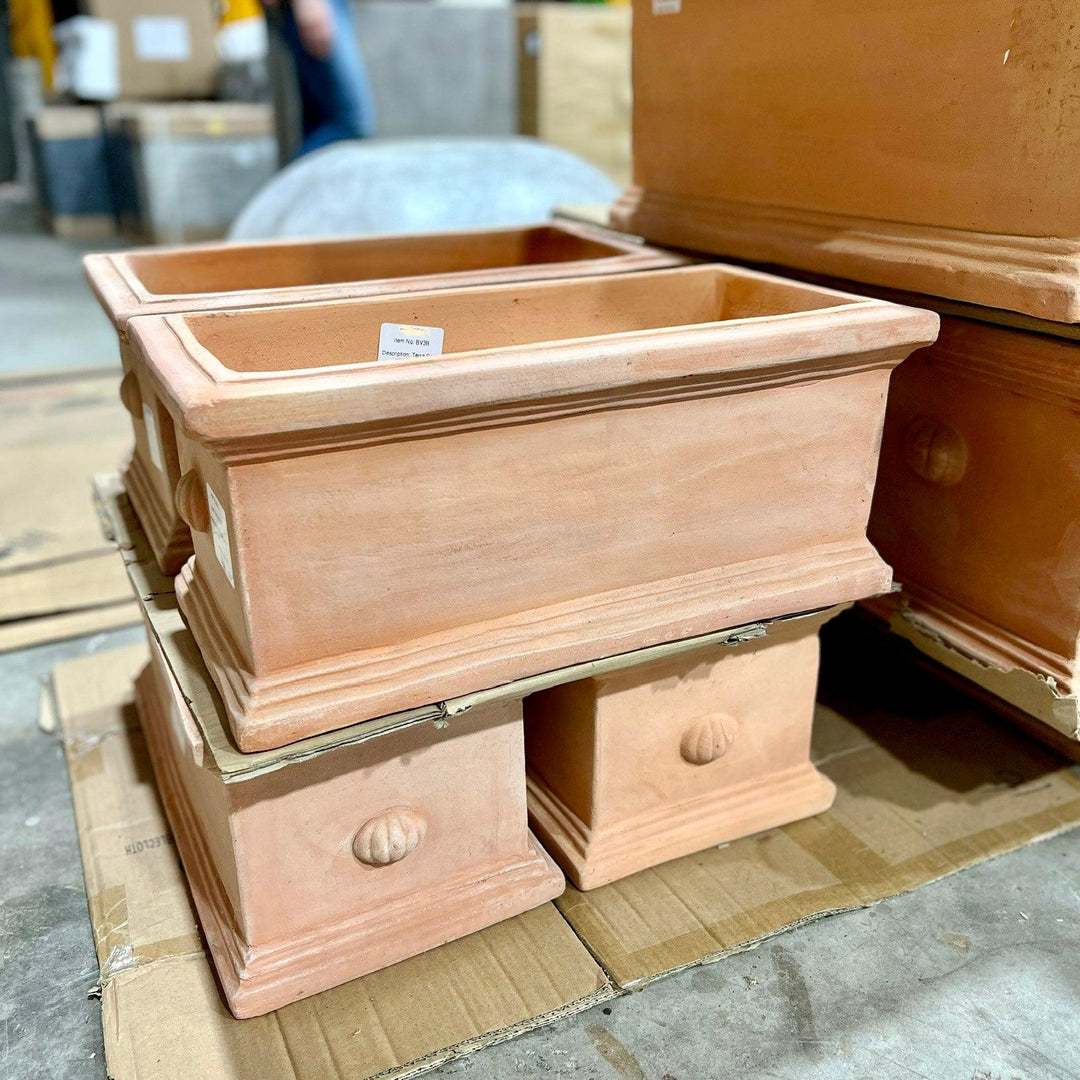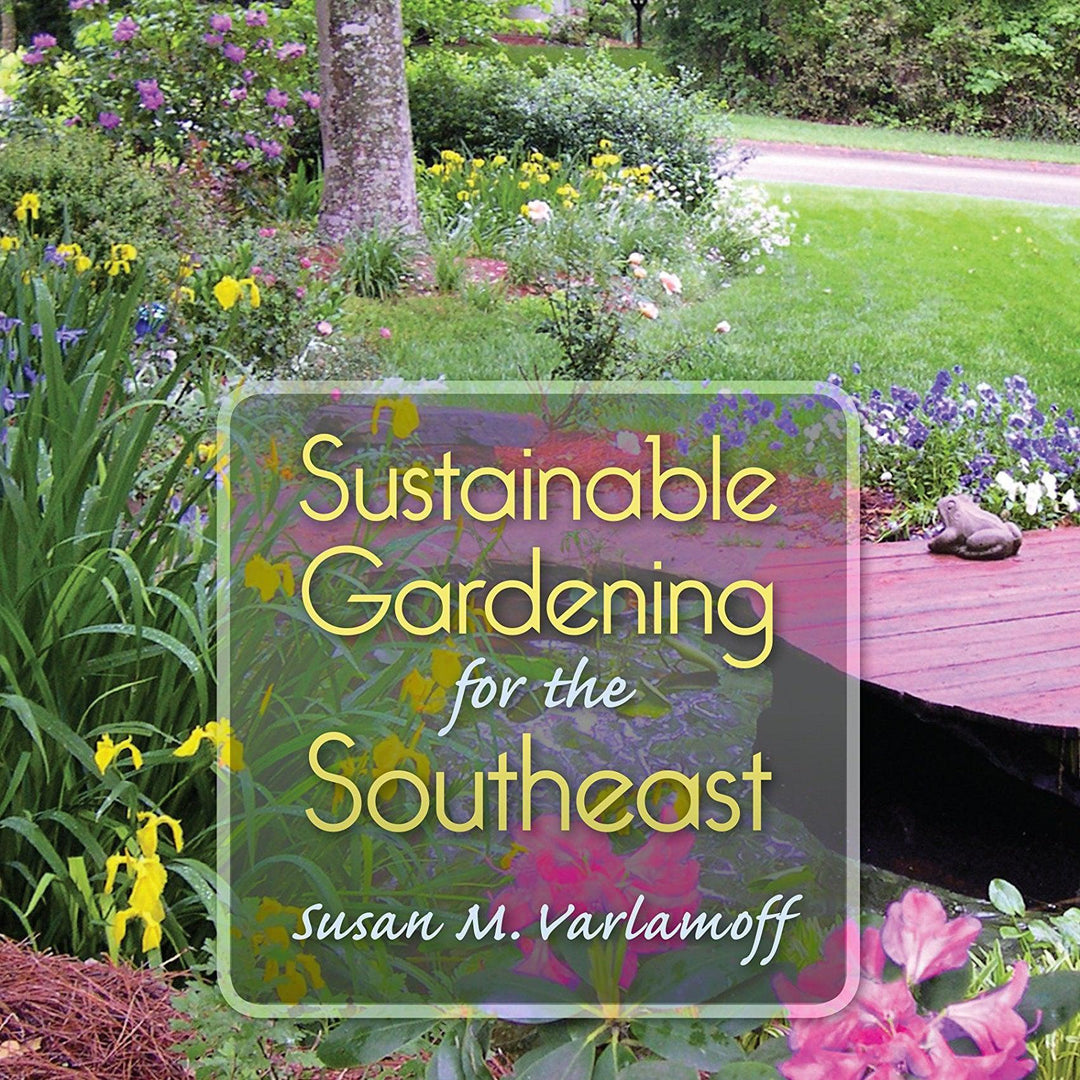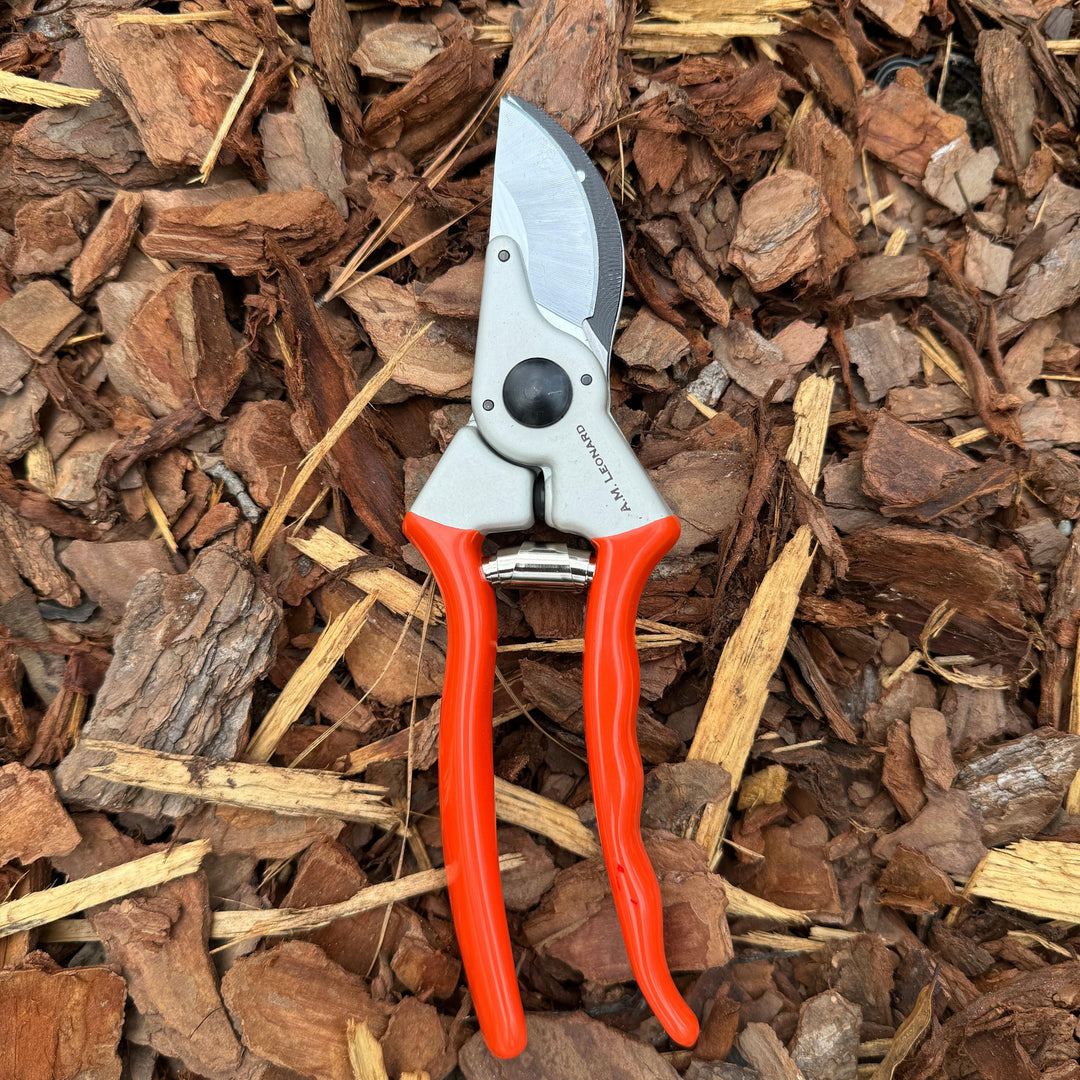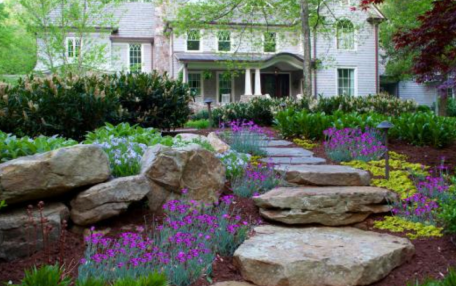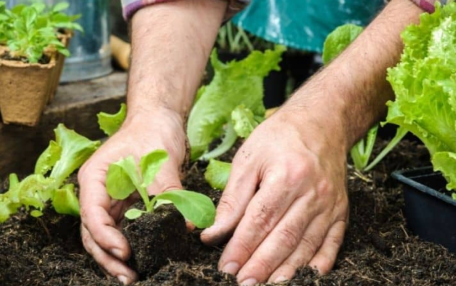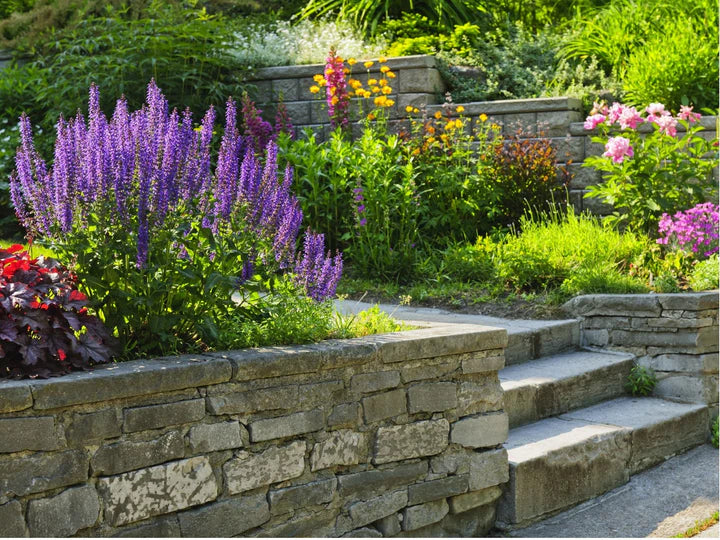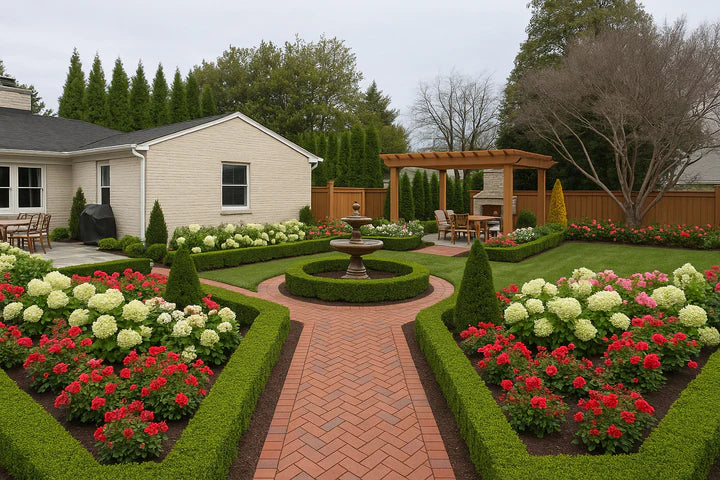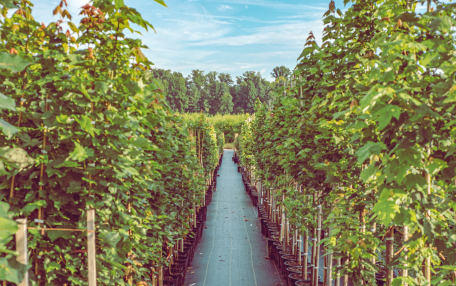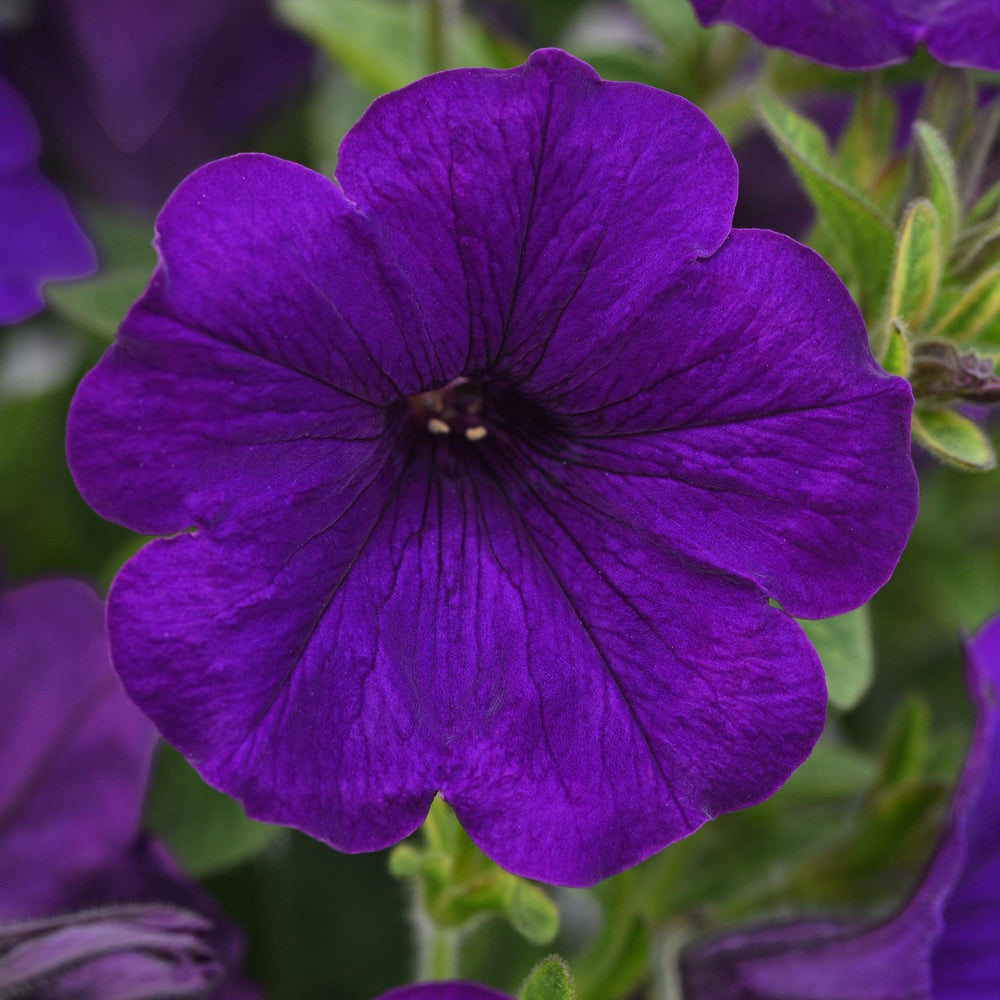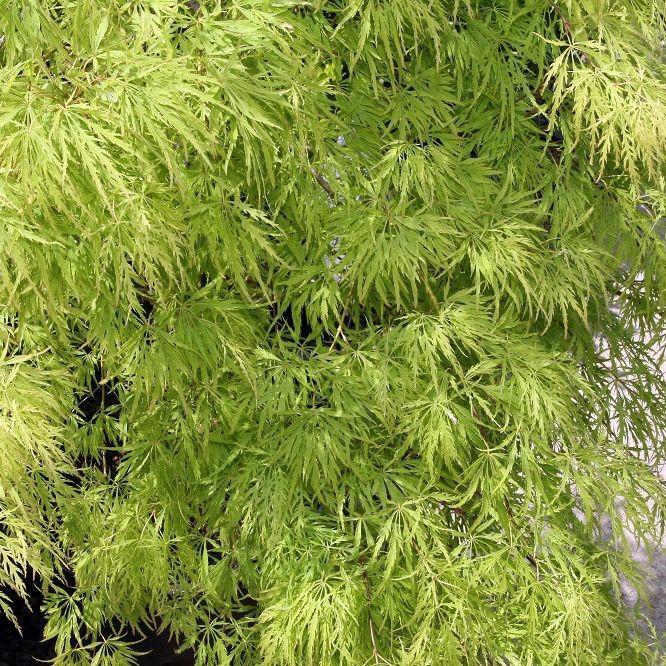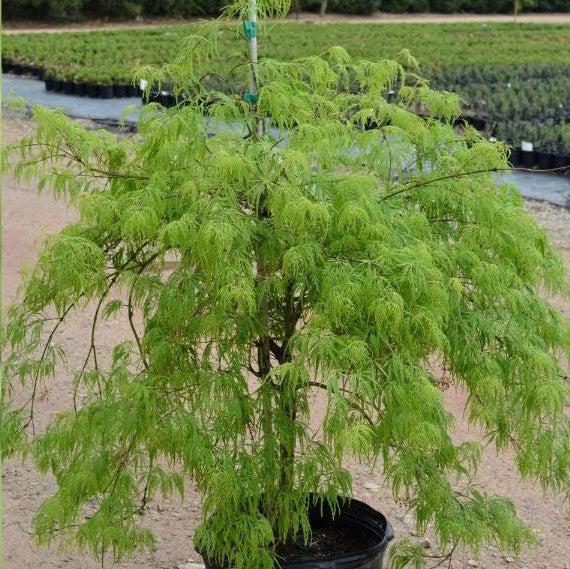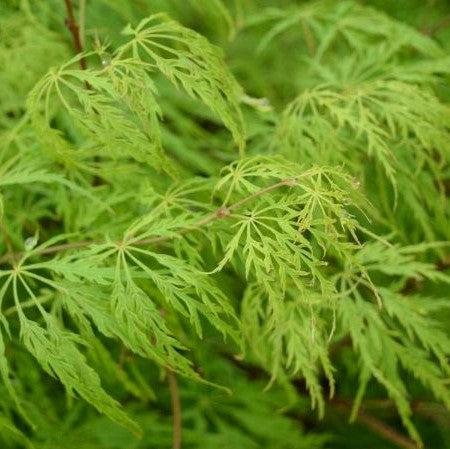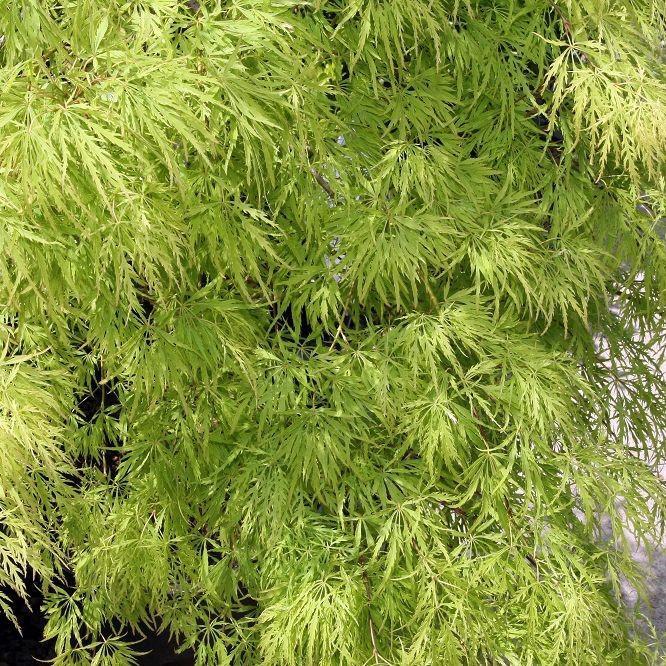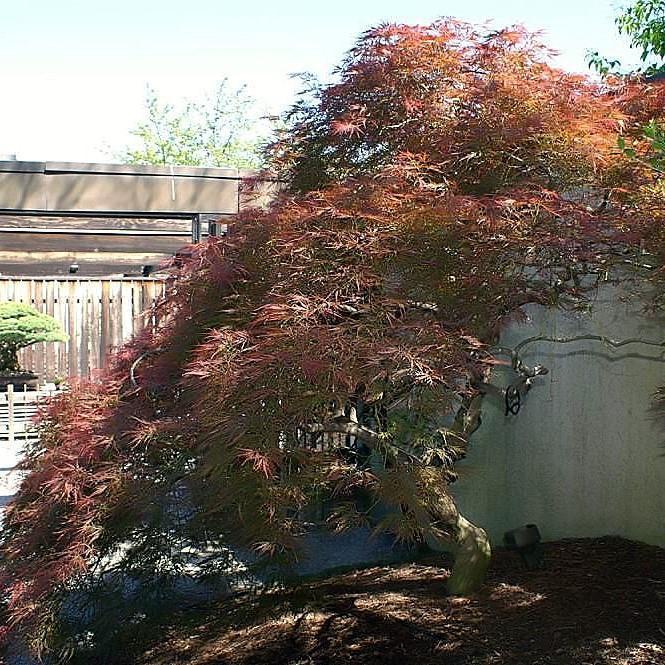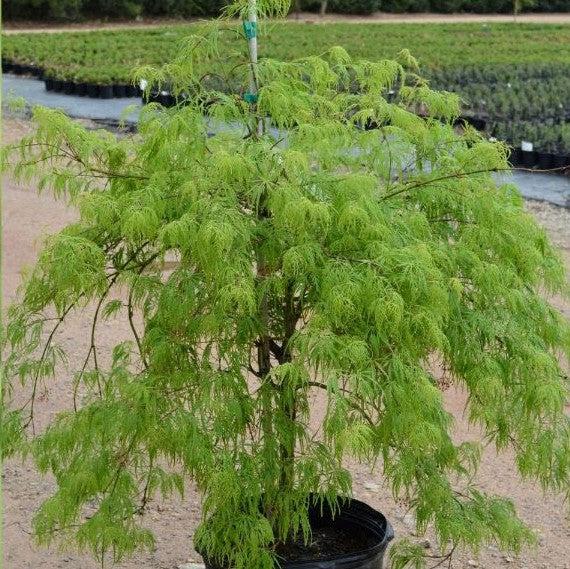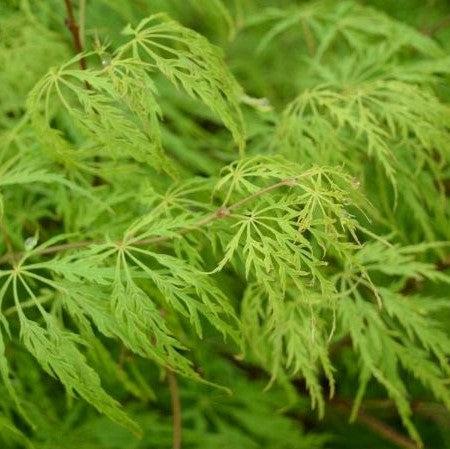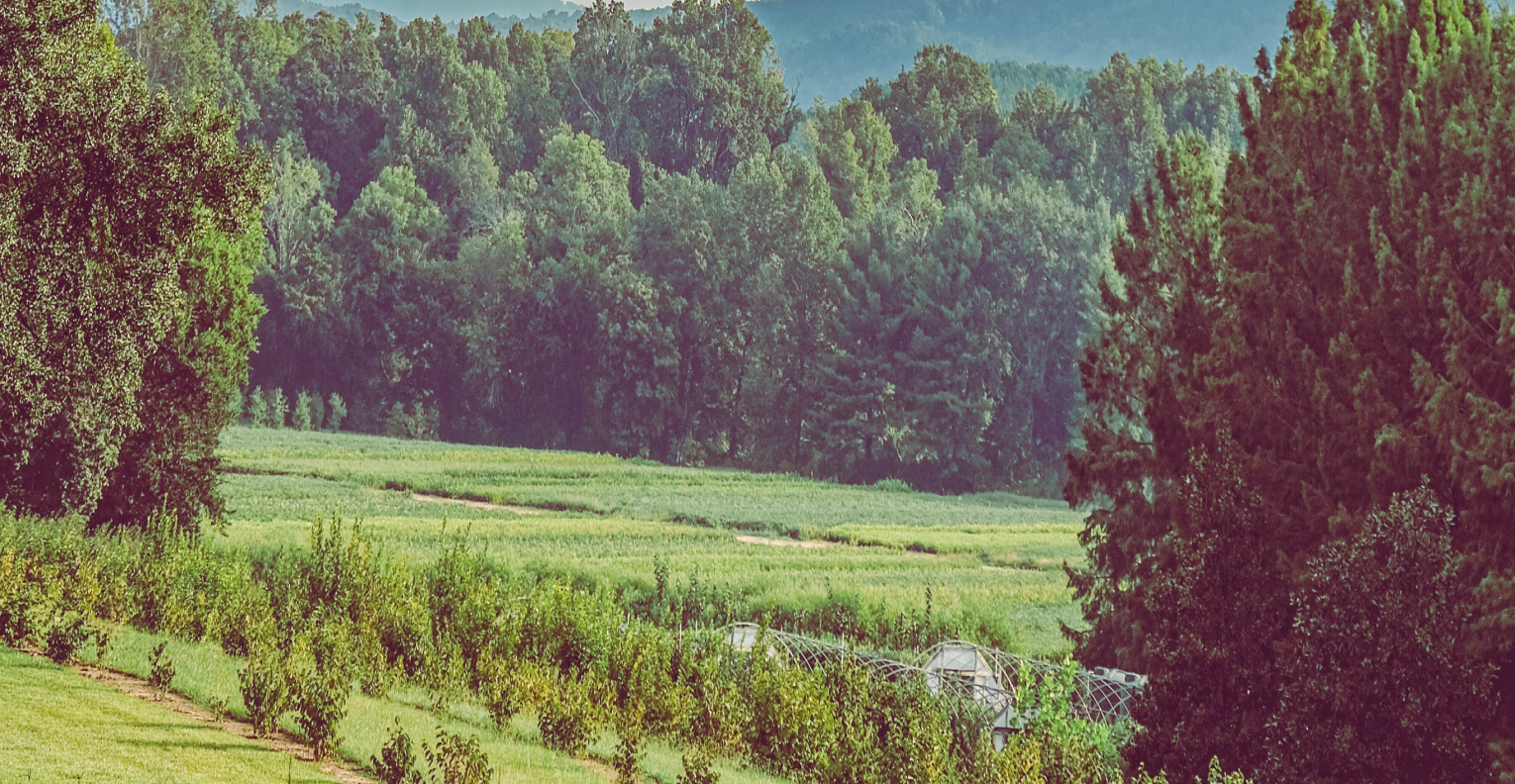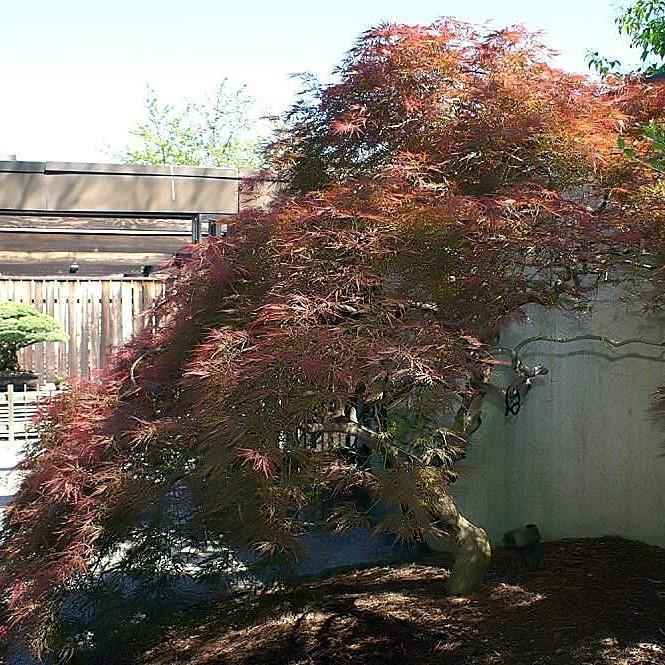The Viridis Japanese Maple, also known by its scientific name Acer palmatum var. dissectum 'Viridis', is a deciduous tree native to Japan. It's known for its finely dissected, lace-like leaves, weeping growth habit, and vibrant green color.
Here are some key features of the Viridis Japanese Maple:
-
Foliage: The leaves are finely dissected, giving them a lace-like appearance. They are a vibrant green color in the spring and summer, turning a golden yellow with hints of crimson in the fall.
-
Size: This tree typically grows to a height of 4-6 feet and spreads 6-8 feet wide.
Small non-showy umbels of red flowers bloom mid-spring followed by samaras. Grows best in rich, moist, slightly acidic well-drained soils. Prefers full sun in cooler climates, but needs afternoon shade in southern areas.
|
Type: |
|
|
Height: |
4’ - 6’ |
|
Spread: |
6’ - 8’ |
|
Spacing: |
6’ |
|
USDA Hardiness Zone: |
5 - 8 |
|
Culture: |
|
|
Bloom Color: |
Purple |
|
Season of Interest: |
MAINTENANCE NEEDS: Low maintenance. Water regularly. Mulch in southern climates to keep roots cool. Keep pruning to a minimum and prune in fall or winter. Potential issues include stem canker, leaf spots, fusarium, wilt, botrytis, anthracnose, and root rots. Potential insect pests include aphids, scale, borers, root weevils, and mites. Chlorosis may occur in high pH soils
LANDSCAPE USES: Group Plantings or Specimen Tree, Naturalized Areas, Woodland Gardens, Privacy Screen, Street Tree, and Shade Tree
COMPANION PLANTS: Hosta, Pieris, Rhododendron
IMAGE: Photo by David J. Stang, Acer palmatum var. dissectum Viridis 0zz, CC BY-SA 4.0, (2) Photo by David J. Stang, Acer palmatum var. dissectum Viridis 2zz, CC BY-SA 4.0, (3) Photo by David J. Stang, Acer palmatum Viridis 0zz, CC BY-SA 4.0, (4)Photo by David J. Stang, Acer palmatum Viridis 1zz, CC BY-SA 4.0
*As plants have ranges in appearance they may not appear as the images shown.


